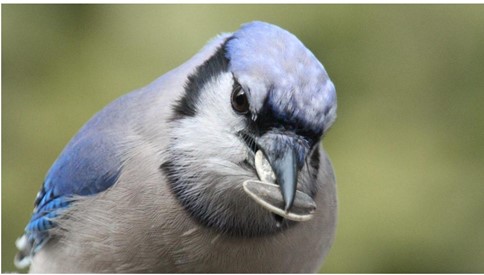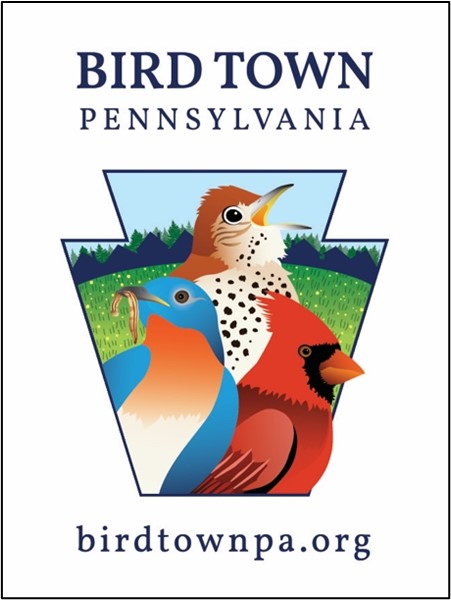Bird Town Pennsylvania
Lower Makefield Township is listed as a participating municipality in Bucks County. Audubon provides the tools for the municipality to engage their residents, schools and businesses in making more ecologically-friendly decisions, conserving energy and in the process, saving money.
OUR MISSION
Bird Town Pennsylvania works in partnership with local municipalities and like minded organizations to promote community-based conservation actions to create a healthier, more sustainable environment for birds, wildlife, and people.
For more information about Bird Town Pennsylvania and additional Resources you can view by clicking the following link:
A letter from the Chair of LMT Bird Town Pennsylvania
Lower Makefield Township's Bird of the Month for July 2025 - The Blue Jay


If you enjoy spotting blue jays around your yard or on local trails-and who doesn't in Lower Makefield? - here are some intriguing insights for seasoned birdwatchers:
- Acom Architects & Ecosystem Engineers
Blue jays cache hundreds of acorns each autumn in local oaks. Many of these never get retrieved, helping regenerate woodland areas across Bucks County and beyond.
- Structural Coloration, Not Pigment
Their vibrant blue isn't from pigment-it's the result of light scattering off microscopic feather structures. If a feather's crushed, the blue fades to brown.
- Mimicry & Vocal Versatility
Jays convincingly imitate local hawks (like red-shouldered and red-tailed) and even owls, startling other birds at feeders-a clever tactic to obtain food.
- Diet Misconceptions Debunked
Despite their fierce reputation, blue jays rarely raid nests-only about 1% of their diet is eggs or nestlings. Instead, they mainly consume insects, seeds, nuts, and fruit.
- Intelligent & Social Corvids
These birds exhibit tight family bonds, lifelong pairings, and strategic behaviors. They stash food in throat pouches, use tools, and may even assist neighboring jays in nest defense.
- Migratory Mysteries
In our area, most blue jays stick around year-round, but some head south in loose flocks along the Atlantic seaboard. Migration patterns remain complex and variable.
- Local Nesting Habits
Nests are typically built 8-30 ft high, in dense trees or shrubs. Both parents aggressively defend chicks-responding loudly to threats with mobbing behavior.
- For deeper dives
- Cornell's All About Birds - Blue Jay guide: birds cornell edu
- Birdtown PA - Local conservation & community: birdtownpa.org
Enjoy watching these bold, brainy backyard regulars this week-especially near feeders or wooded areas along the Delaware River Trail.
